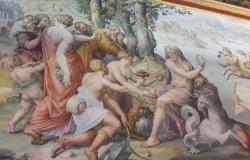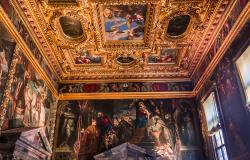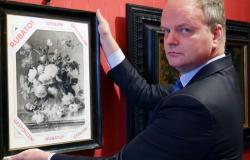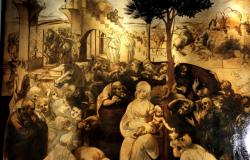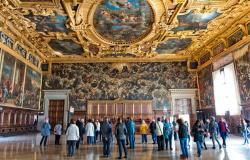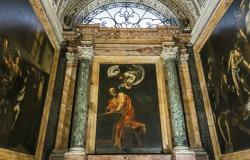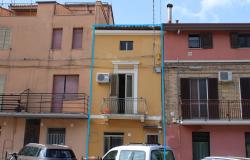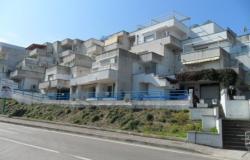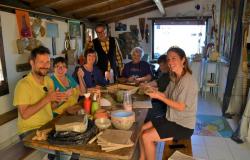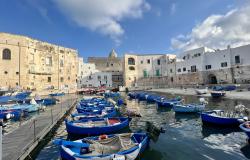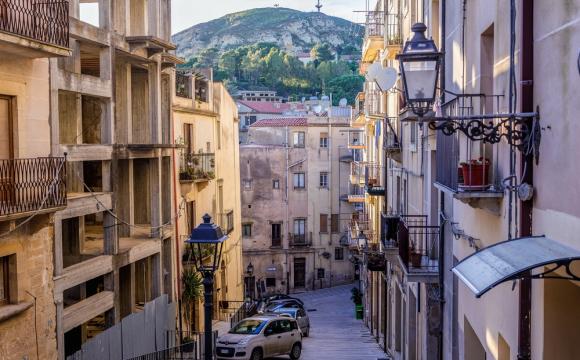A police fingerprint unit aims to remove lingering doubts about the authenticity of two paintings attributed to the school of Leonardo da Vinci.
The police will hunt for the mark of the master himself on the works, a Madonna and a St Catherine.
The paintings currently hang in a biomedical history museum at the University of Chieti in east-central Italy.
But they could be put up for sale if a Leonardo fingerprint is found - an immeasurable boost to their value.
The university called in the Carabinieri police after some art historians voiced doubts about whether they were painted by artists from the workshop Leonardo set up late in his career.
A forensics team led by Colonel Gianfranco De Fulvio aims to compare any prints found on the works with scores of Leonardo fingerprints already on file at the university.
''We're going to work for two nights starting from tomorrow, not actually touching the marks but taking special photos of them,'' De Fulvio said.
''Then, when we get back to base, we'll compare them to the many Leonardo prints in our possession''.
Working with the Leonardo museum in his home town of Vinci near Florence, police and art experts have built a database of 200 prints in Chieti over the last three years.
Many are from documents and drawings collected in his famous codices. Others have been lifted from his masterpieces.
By his own account, Leonardo (1452-1519) was fond of putting the final touches to his paintings with his bare hands.
He often used his fingers to smudge in colours, sometimes using his blood, sweat and urine.
A few years ago a thumbprint on the celebrated Woman with an Ermine in Krakow received an official patent as the final word in all Leonardo disputes.
But the Italian police are sure their own prints will be enough for the Chieti works.
The Madonna, named La Madone de Laroque, was bought a few years ago in a French street market for about 200 euros.
It has only tentatively been attributed to the Leonardo school.
Experts say the St Catherine, which came to the university from a private Italian collection, is ''probably'' the work of Giovanni Pietro Rizzoli, better known as Giampietrino, who is known to have worked in Leonardo's workshop as early as 1497.
''We're pretty confident about settling the matter,'' Colonel De Fulvio said.

